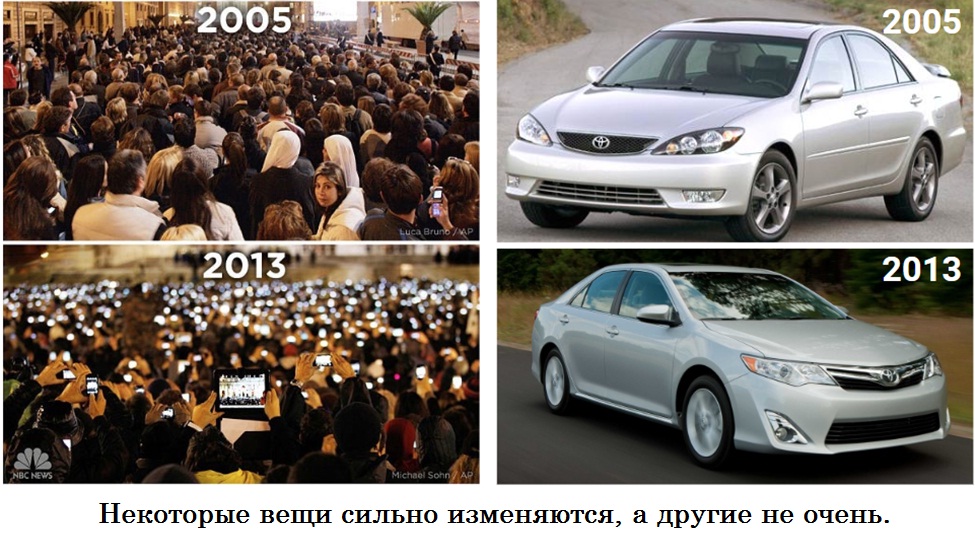
In 2012, aeronautical engineer and astronaut Buzz Aldrin,addressing the scientists, he said: “You promised me Martian colonies, but instead I got Facebook.” His phrase well reflects the essence of most modern developments, which do not solve complex global problems and are aimed only at creating new market products.
Types of Innovation
The modern world is not like the future thatWe were shown in science fiction films as children, because over the past decades there has been a strong asymmetry in the development of the two types of innovations.The first includes developments related tocommunications, the Internet and digital technologies, which were less than expected for futurologists. The second group includes applied scientific innovations, on which bets were made.
Modern developments in the field of communicationsstarted with computer networks, which led to the rapid development of electronic commerce. By 2010, mobile computing devices, cloud technologies and global infrastructures led to the formation of a single digital space in which all interactions became personalized.
Many services have translated elements of oureveryday life in virtual space. For example, social networks, taxi booking services, ticket reservations and rental housing. Their main product is more targeted advertising.
During this time, the applied sciences did nota lot of changes. Although the quality and effectiveness of physical products has improved markedly, our lives have not changed much. Over the past 20 years, no one has flown commercial supersonic aircraft, renewable energy has only just begun to take its first steps, flying cars do not surround us. Not surprisingly, many are disappointed in this direction.
Some even believe that since the revolutionPC never made any “major discoveries.” However, there are indications that this situation will soon change as the growth of computing power and the development of digital technologies begin to stimulate technical innovation.

Uneven progress
There are several reasons why developments in the field of communications came to the fore, and applied science began to lag behind.
Connectivity-based innovationshave several advantages. First of all, a shorter period of development and monetization. It is much faster to create a mobile application and start making money on it than to advance scientific achievements, overcome regulatory barriers, and develop and produce a product that enters the market. Venture capitalists prefer to invest in this sector because they want to start making profits faster. All this led to a more frequent mention in the media and the attraction of more talents.
Secondly, innovations in this area are less demanding on computing resources. There are enough public utilities, software, and cloud resources for them.
On the other hand, applied scientific innovationrequire not only physical production, but also problem solving using complex calculations. Over the past decades, engineers have come to terms with the fact that it is better to “pull out” projects. with the limited computing power available, rather than waiting to run the simulation on high-performance computers, which results in skyrocketing costs and delays to market.

Restoration of equality
Soon the situation may change due tomoving computing into virtual space. Cloud providers provide specialized, high-performance infrastructures on demand, software vendors change their models for the needs of organizations, and new platforms integrate everything into turnkey solutions.
This means that in terms of calculations, applied scientific innovations will soon again be able to compete on equal terms with developments in the field of communications.
Today, large enterprises are already usingCloud computing to create better products. The rapid development of startups funded by venture capitalists related to electric cars, aviation and space industry is observed. For these companies, launching simulations in the cloud is the default starting point. The flexibility of information technology is starting to drive innovation in the applied sciences.
</p>




